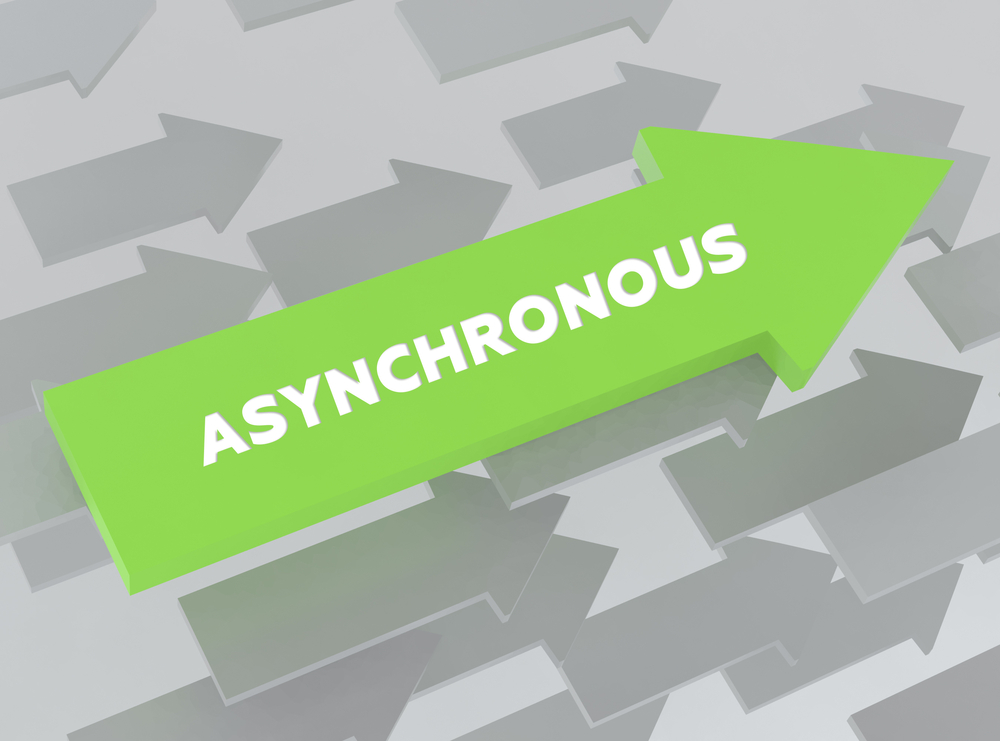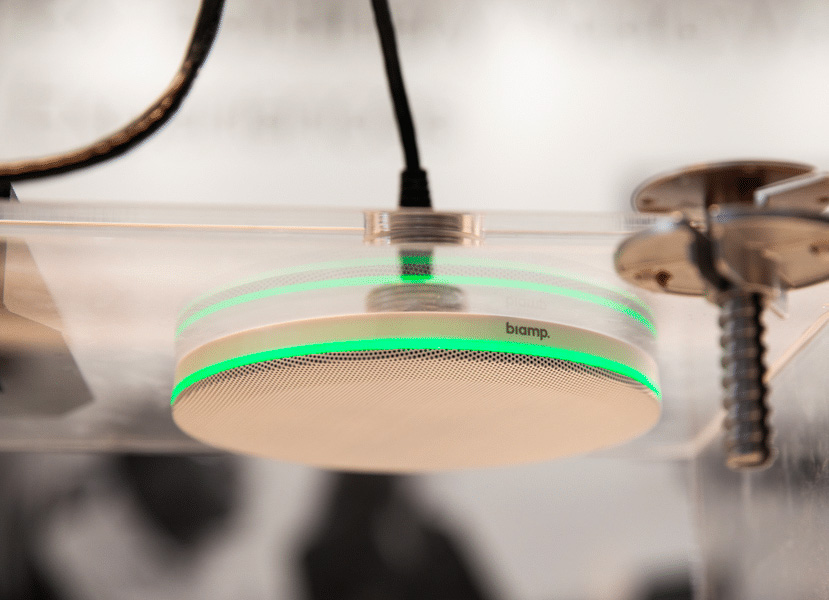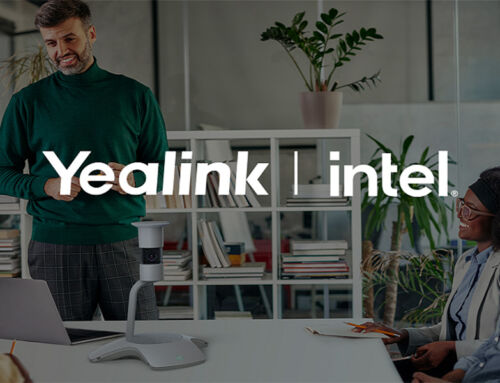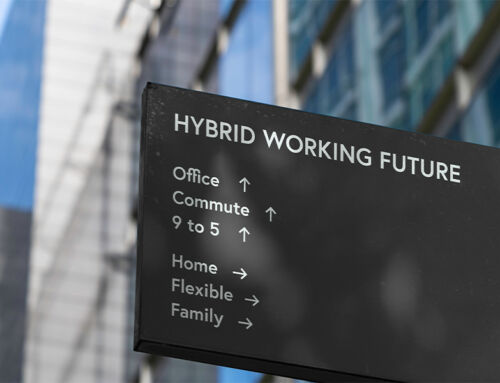The transition to remote work went smoothly for many of us, thanks to the effective utilization of video technology, intranet software, and instant messaging platforms.
However, as the pandemic persisted, unforeseen challenges related to communication emerged, such as Zoom fatigue, a blurred work-life balance, and the increasing expectation of being constantly available.
These challenges arose because we found ourselves spending a significant amount of time in a reactive mode rather than being in a truly productive state. The communication tools we relied upon during this “new normal” prioritized rapid communication over enhancing productivity.
As organizations prepare to reintegrate employees back into the physical workplace, it becomes crucial to comprehend the strengths and limitations of both synchronous and asynchronous collaboration and communication tools. In order to improve our communication strategies post-pandemic, it is essential that we become adept at using both types of tools effectively.
Read on to learn more!

Defining Asynchronous Collaboration
Asynchronous collaboration refers to a form of collaboration where interactions do not occur simultaneously. Instead, responses happen intermittently, allowing participants to engage at their own pace. An example of this is when an email is sent and read 30 minutes later.
Similarly, information hosted on an intranet is considered asynchronous since employees can access it when they need it, without the constraint of real-time interaction.
While the term “asynchronous collaboration” might sound complex, its essence is rather straightforward: it enables team members to collaborate without the necessity of working on the same task simultaneously.
On the other hand, synchronous collaboration involves live conversations, such as text chats, phone calls, or in-person meetings.
In this mode, responses are immediate, and participants engage in real-time communication. If you are using instant messaging platforms like Slack or Microsoft Teams to communicate with others simultaneously, then you are engaging in synchronous collaboration.

Is One Better Than the Other?
At first glance, synchronous collaboration may appear to be the obvious choice. After all, who doesn’t prefer an immediate response?
However, upon closer examination, this assumption isn’t entirely accurate.
Faster communication doesn’t always equate to better outcomes, and not all tasks demand an instantaneous response.
This is especially true for work that requires deep concentration, such as coding, writing, or designing. If we are consistently reacting to messages, it becomes challenging to make significant progress on our actual tasks, right?
Synchronous communication tools can inadvertently lead to heightened anxiety among remote workers. There’s a common sentiment of feeling compelled to respond immediately to messages, as there’s a fear of being perceived as not working.
In the absence of physical presence, employees may feel obliged to overcompensate, and this pressure to be “always on” perpetuates a cycle of constant conversations and growing expectations.
Additionally, communication within instant messaging apps can easily get buried, even with the use of specific channels. Important topics or documents can get overshadowed by lighter, more casual content, leaving critical discussions overlooked.
One of the significant drawbacks of synchronous collaboration is its potential to disrupt the state of “flow.” The “flow state” is complete engagement in an activity where everything else becomes secondary, and the experience itself becomes inherently rewarding.
The issue lies not with the instant messaging platforms themselves, as they fulfill their intended purpose. The problem arises from how we utilize these tools. Instant messaging platforms are ideal for quick conversations and updates but not suitable for deep brainstorming or focused work.
In the hyper-connected and “always on” workplace, it becomes crucial to maintain focus without constant distraction.
To achieve this, it is essential to use synchronous communication tools for real-time discussions and asynchronous communication tools for more thoughtful and deliberate collaboration. Striking the right balance between the two will be key to fostering productivity and overall well-being in the modern work environment.

Asynchronous Collaboration and the Hybrid Workplace
In the pre-pandemic office environment, synchronous communication with colleagues was abundant through meetings, water cooler chats, after-work socials, or coffee breaks. Obtaining information was as simple as saying hello.
With the shift to an all-remote setup, we had to rely on instant messaging platforms, which come with their own set of pros and cons. However, as businesses reopen physical spaces, we find ourselves entering a new workplace paradigm: the hybrid workplace.
As discussed in a previous blog post, managing a hybrid workplace can be challenging due to the need to address two distinct employee experiences.
Without careful consideration regarding communication, there’s a risk of creating an information hierarchy, where remote workers might feel disconnected and at a disadvantage. This can lead to information silos and knowledge gaps, ultimately impacting employee morale and trust negatively.
In a hybrid workplace setup, it’s crucial to safeguard against any adverse effects of synchronous communication on off-site or remote workers. Despite good intentions, this aspect can easily become problematic.
For instance, being the sole remote employee in a meeting can present significant challenges.
It becomes challenging to find the right moment to participate in the conversation without interrupting others, leading to either frequent interruptions or feeling silenced throughout the meeting. Moreover, issues like video or sound lags can further complicate meaningful participation in the discussion.

Shifting to Asynchronous Collaboration
Achieving a balanced approach between asynchronous and synchronous communication requires more than just a quick fix. It demands a profound transformation in tools, processes, habits, and company culture.
For instance, shifting to a meeting model where agendas are shared in advance encourages thoughtful input from all participants, not just the most outspoken ones. Here are additional steps you can take to harness the benefits of asynchronous collaboration and communication:
- Be clear: Communicate with clear intent, specifying what you need from others and setting deadlines. Providing these extra details reduces unnecessary back-and-forth exchanges.
- Provide timelines: When urgency is necessary, clearly state it. For instance, you can say, “Here is the latest RFP, and I need your feedback by Tuesday at 4 pm.”
- Evaluate based on output, not availability: Value employees for their productivity and output rather than solely focusing on their constant availability.
- Reconsider work hours: While having generally aligned core hours is beneficial, it’s essential to be open to hiring talent from different time zones, expanding the team’s potential.
- Know when to use specific communication channels: Avoid using email for internal collaboration, as it confines information within individual inboxes, hindering efficient teamwork. Choose appropriate tools for specific purposes.
- Provide emergency communication opportunities: In a digitally dominated communication environment, important messages may get lost or overlooked. Establish dedicated channels for critical information, such as health and safety updates.

Asynchronous Benefits in the Hybrid Workplace
While the future of work remains uncertain, the advantages of transitioning to an asynchronous culture, especially in a hybrid workplace, are difficult to ignore. Some of these benefits include:
- Happier employees: With asynchronous communication, employees have the flexibility to collaborate at their convenience, without fixed work hours. This allows them to structure their workdays around their lifestyles, sleep patterns, and personal commitments, contributing to overall job satisfaction.
- Improved communication: Asynchronous communication may be slower, but it offers advantages like preventing hasty responses and promoting higher-quality interactions. Platforms like email benefit from reduced back-and-forth exchanges, leading to clearer and more concise communication.
- Globalized workforce: An asynchronous culture ensures that no employee is disadvantaged due to their location or working hours. Organizations can expand their hiring efforts to a broader pool of candidates, fostering a more diverse and inclusive workforce.
Looking ahead five years, the most successful organizations will be those adept at mastering both synchronous and asynchronous collaboration. This balance allows for deep thinking and reflection while simultaneously meeting the need for quick answers to simple queries.
Whether evaluating new communication tools or auditing existing ones, organizations must ask themselves: Do these tools truly empower our team to perform at their best, or do they merely consume employee time and attention? Striking the right balance will be vital to thriving in the evolving work landscape.

What Do the Integrators Say?
In today’s fast-paced technological landscape, product innovation cycles have become increasingly shorter as manufacturers strive to keep up with advancements and competition in the industry.
To ensure that your solutions remain aligned with current IT desktop computing strategies, our integrators suggest refreshing key core components every three to five years.
If you’re unsure where your current meeting room technology stands, our integrators emphasize that the bare minimum capabilities required today include collaboration tools like video conferencing, screen sharing, and virtual whiteboards. Without these features, effectively working with remote teams and external partners can become more challenging.
Should you find that your existing meeting room technology no longer meets your needs, our team at Ultimate Technologies Group is ready to assist you in finding a suitable solution.
Call today to find out more!
About the Author:
Ultimate Technologies Group is the global expert in virtual communication and collaboration technology. When it comes to high-end Audio Visual technology solutions, we are trusted by some of the most respected brands:
Commercial AV News & Thought Leadership:

2022 RedDot Winner – Yealink’s MeetingBoard 65

Sound Masking vs. Sound Absorption: Improving Conference Room Acoustics

The Current State of Hybrid Work May 2022




